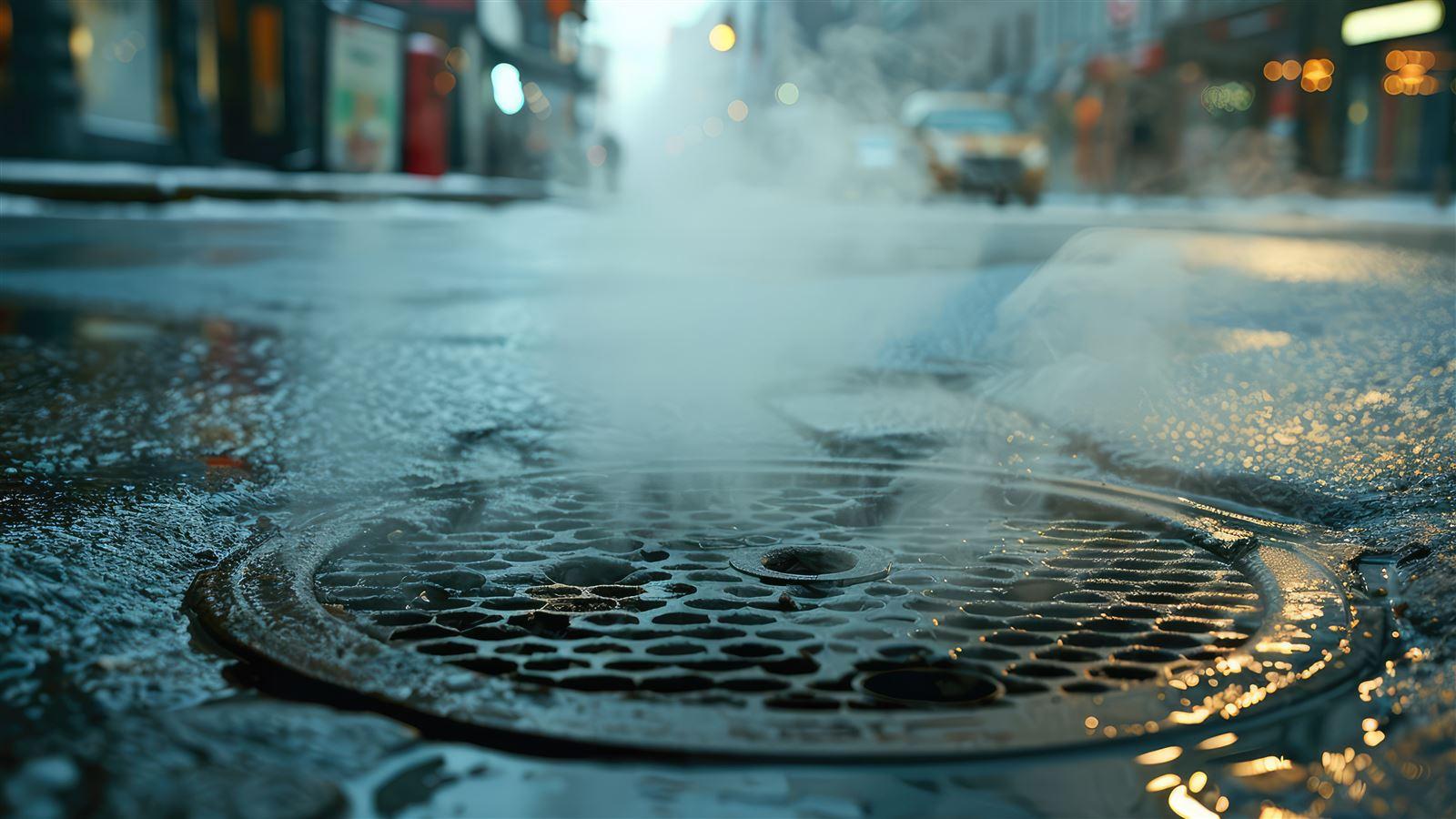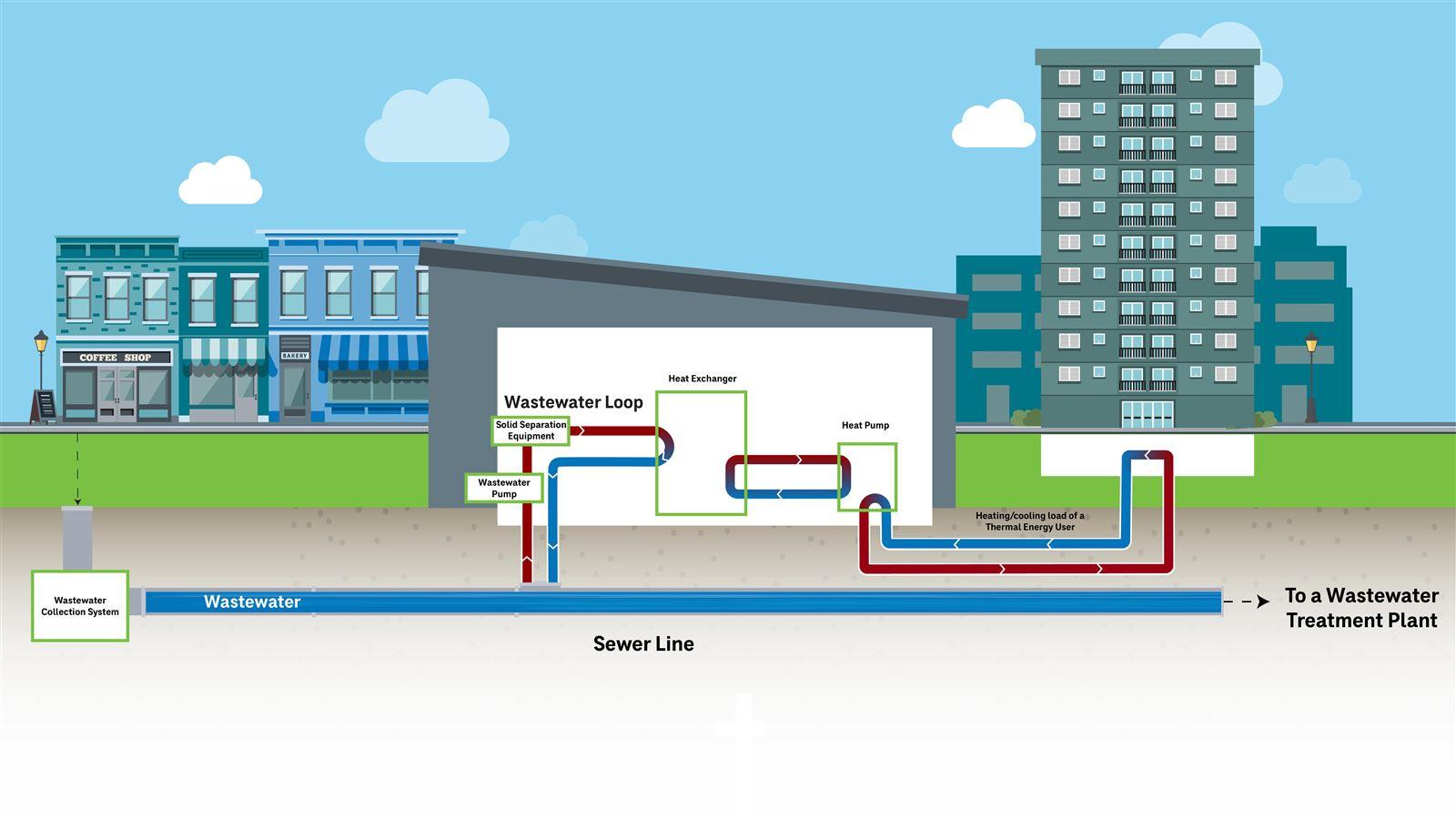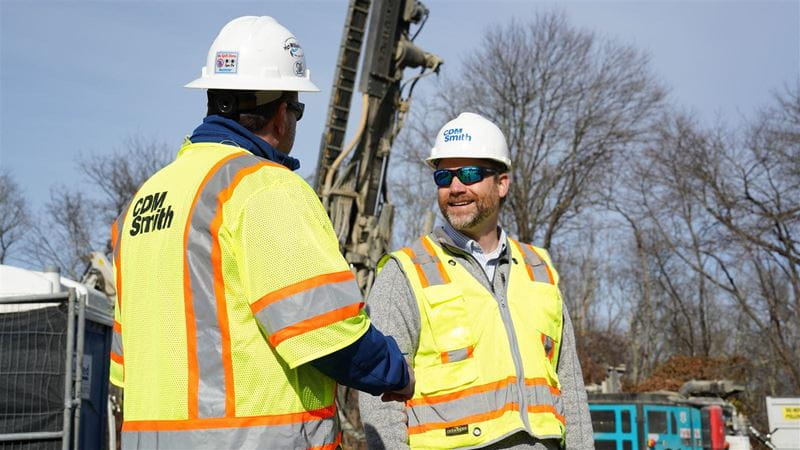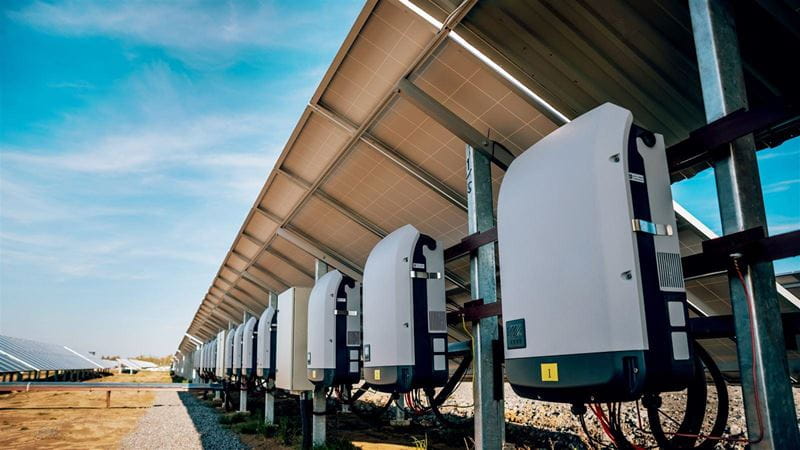Clean Energy with Sewer Heat
Compared to geothermal systems, which can typically meet 50–60% of heating requirements, sewer heat recovery offers an even more reliable energy source. By capturing the consistent thermal energy from wastewater, these systems can provide up to 75% of the heating demand for buildings, significantly reducing the need for natural gas that is typically reserved for peak loads.
While geothermal systems require substantial land for underground loops, the sewer heat recovery system uses existing wastewater infrastructure, making it an adaptable solution for both new and existing buildings. Its adaptability to existing developments enhances its cost-effectiveness and accelerates the transition to sustainable energy solutions in urban areas. When paired with geothermal systems, sewer heat recovery can create a hybrid approach capable of meeting up to 100% of heating and cooling demand.
Sewer heat recovery systems do face certain hurdles. Retrofitting, for example, has its own set of challenges, as many existing buildings rely on traditional boilers and chillers. Proximity to wastewater or effluent sources is also critical, as distant sources can make thermal energy transmission costly. This makes large municipalities with accessible trunk sewers ideal for implementation.
Because sewer heat recovery is most beneficial when the central hub that houses the heat pumps and peak demand boilers is in close proximity to the building it serves, it is best used when integrated into district energy systems, like utility thermal energy networks. Seamless integration into mixed-use areas depends on effective stakeholder engagement, financial incentives and supportive policies.

Sewer heat is a huge opportunity for existing infrastructure. The challenge is figuring out how to get people to connect.










